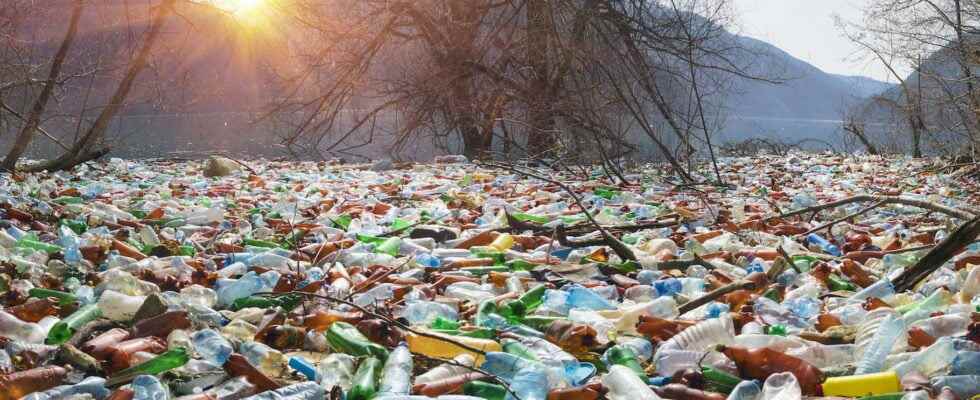A few years ago, researchers set some planetary limits. Thresholds not to be exceeded if we hope to maintain the good conditions in which life has developed on Earth. Some have already been crossed. And today, one more: that relating to chemical pollution.
You will also be interested
[EN VIDÉO] Interview 5/5: what are the effects of pollution on the environment? The pollution emitted by cities and industries is a threat to humans. But what are its real effects on the environment and on wildlife? We interviewed Philippe Hubert, Director of Chronic Risks at Ineris, to tell us about the effects of pollution on the environment.
Plastics, pesticides, paints, antibiotics, medications. Today there are something like 350,000 different types of chemical products manufactured on the market. And according to researchers from Stockholm Resilience Center (Sweden), their production has multiplied by 50 since the beginning of the 1950s. It should even triple again by 2050.
The trouble is that volumes Not inconsiderable of these chemicals end up polluting nature every year. At a pace that researchers now describe as incompatible with the idea of remaining “in a safe operating space for humanity”. We would thus have crossed what researchers call a planetary boundary.
Remember that the notion of planetary limit was defined in 2009. The researchers then set nine. They make it possible to delimit the remarkably stable state in which the Earth has settled sincedawn of our civilization. That is about 10,000 years ago. If our activities are still confined below some of them, such as that concerning the use ofpure water, some have already been overcome, such as that relating to the change in land use. The limit linked to chemical pollution still remained to be quantified.
The circular economy solution
It is now done. And the researchers’ results are not reassuring. There are indeed many ways in which manufactured chemicals in general and plastics in particular can have negative effects on our environment. Throughout the production chain, from mining to waste management. Some of these products have even been found in Antarctica. And they can be extremely persistent.
a production and discharge cap
The researchers also note that these chemicals can also affect other planetary boundaries. When resorting to fossil fuels to produce them or that microplastics come to pollute the reserves ofpure water, for example. And even though scientists believe that the speed at which these products appear today far exceeds the capacity of governments both to assess the risks and to control potential problems, they call for the establishment “a ceiling on the production and discharge of chemicals”.
Among the most striking examples, that of plastic whose mass total on our planet is now double that of… all living mammals! And we know that not only 80% of these plastics remain in the environment, but that in addition, their degradation produces new combinations which could represent as yet unsuspected environmental risks.
As a solution, the researchers evoke that of thecircular economy. The idea, on the one hand, of designing products for their recycling. So that they can be reused and not wasted. The idea, on the other hand, of better assessing safety and durability of these products throughout their life in the Earth system.
Interested in what you just read?
.
fs11
